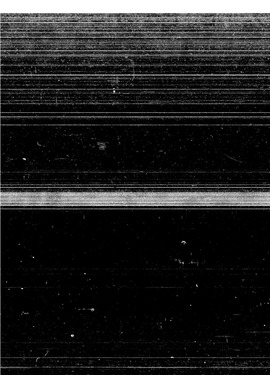| dc.contributor.author | Sullivan, Janet R. | en_US |
| dc.date.accessioned | 2013-08-16T12:29:05Z | |
| dc.date.available | 2013-08-16T12:29:05Z | |
| dc.date.issued | 1984 | en_US |
| dc.identifier.uri | https://hdl.handle.net/11244/5244 | |
| dc.description.abstract | (4) Physalis (for the Vascular Flora of the Southeastern United States). Measurements were made from over 6,500 herbarium sheets and personal collections, and updated keys and descriptions were written for the 20 species of Physalis that occur in the southeastern United States. | en_US |
| dc.description.abstract | (1) Pollination biology of Physalis viscosa var. cinerascens. P. viscosa var. cinerascens is a self-incompatible, herbaceous perennial that occurs in disturbed or open habitats in the south central United States and eastern Mexico. The plants are low-growing and the pendant blossoms are often obscured by the foliage. The flowers are yellow with dark purple or brown maculations in the center. Nectar is produced in small quantities and pollen is present in copious amounts. The pollinators are solitary bees which visit the flowers for nectar and pollen. | en_US |
| dc.description.abstract | This dissertation comprises four manuscripts on systematic studies in Physalis: | en_US |
| dc.description.abstract | (2) Systematics of the Physalis viscosa complex. A phenetic analysis based on morphological features of Physalis viscosa, P. angustifolia, and P. variovestita (the P. viscosa complex) revealed four major clusters of OTUs, previously recognized at the species level. Crossing studies are consistent with taxonomic inferences based on the phenetic analysis, except that two of the species groups are completely interfertile. Flavonoid profiles also show congruence with other analyses. Based on the combined data from all analyses, the Physalis viscosa complex is revised to consist of four species in North America. Hybridization between two of the species may be responsible for the morphological variability which occurs in this complex in Florida. | en_US |
| dc.description.abstract | (3) Palynology and systematics of Physalis and Quincula. Pollen of Physalis and the segregate genus Quincula was examined using light and scanning electron microscopy to determine the congruence of palynological characteristics with other comparative data. Pollen morphology of Physalis is relatively uniform, paralleling the great similarity among species in other features. Physalis has small grains that are subprolate in equitorial view and triangular with convex sides to round in polar view. Quincula has larger grains that are oblate in equitorial view and triangular with straight sides in polar view. Pollen morphology and size support the recognition of Quincula as a genus distinct from Physalis. | en_US |
| dc.format.extent | x, 131 leaves : | en_US |
| dc.subject | Physalis. | en_US |
| dc.subject | Biology, Botany. | en_US |
| dc.title | Systematic studies in Physalis (Solanaceae) / | en_US |
| dc.type | Thesis | en_US |
| dc.thesis.degree | Ph.D. | en_US |
| dc.thesis.degreeDiscipline | Department of Microbiology and Plant Biology | en_US |
| dc.note | Source: Dissertation Abstracts International, Volume: 45-05, Section: B, page: 1365. | en_US |
| ou.identifier | (UMI)AAI8418593 | en_US |
| ou.group | College of Arts and Sciences::Department of Microbiology and Plant Biology | |
